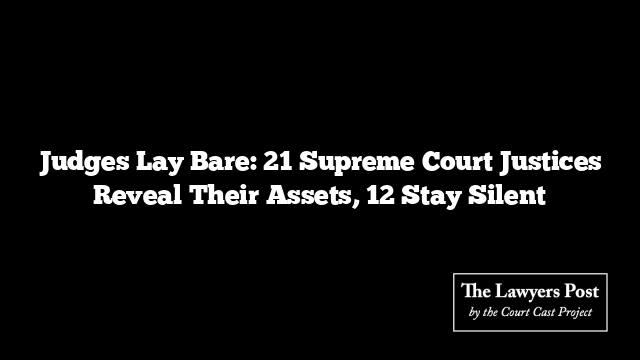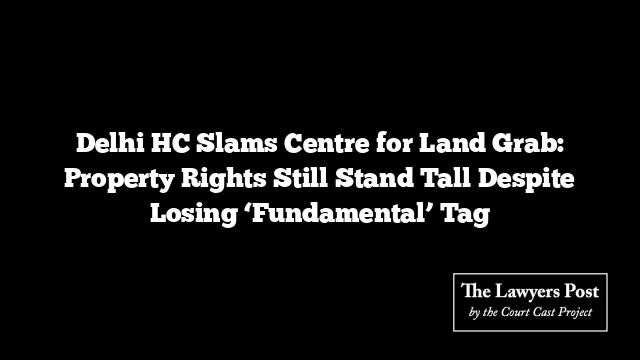In a quiet but consequential shift behind the marble columns of India’s highest court, 21 of the 33 sitting Supreme Court judges have now gone public with their asset declarations. The move—both symbolic and strategic—comes in the shadow of rising scrutiny and allegations of judicial impropriety, most recently spotlighted by the Justice Yashwant Varma controversy.
The declarations, now viewable on the Supreme Court’s official website, stem from a full court decision made on April 1. The ruling mandated that judges’ asset statements be published online, breaking from the court’s long-standing veil of discretion. Still, the initiative remains murky in intent and execution: there is no indication whether this will be a one-time transparency gesture or an annual commitment to accountability.
Twelve judges have yet to submit their asset statements for upload. The court has left the door ajar, stating:
“Statements of assets of Judges already received are being uploaded. Statement of assets of other Judges will be uploaded as and when the current statement of assets is received.”
Among those whose financial footprints are now in the public domain: Chief Justice Sanjiv Khanna, Justices Bhushan Gavai, Surya Kant, and Bela Trivedi. Several others, however—including Justices BV Nagarathna, JK Maheshwari, and Joymalya Bagchi—remain absent from the transparency list, for now.
It’s not the first time the judiciary has flirted with self-disclosure. Back in 2009, the court adopted a policy for judges to voluntarily submit asset details, but those records were only internally shared with the Chief Justice of India—not the public. This new round of disclosures marks a firmer step toward institutional openness, though the uneven rollout suggests the journey is still underway.
In an institution long defined by its opacity, the faint flicker of transparency has finally been lit. Whether it grows into a steady flame or fizzles out under the weight of bureaucracy and tradition remains to be seen.





